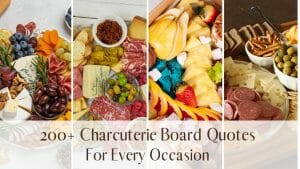Step into the world of culinary artistry as we unravel the secrets of crafting a mesmerizing Chinese charcuterie board. From savory cured meats to artful presentations, join us on a delectable journey that transforms traditional ingredients into a symphony of flavors. Whether you're a seasoned chef or a passionate novice, discover the essence of Chinese charcuterie and elevate your entertaining game to new heights.
TIP: Become a charcuterie artist with the help of 514K enthusiasts and professionals. Click here for quick, easy lessons and community support >>
Table of Contents [CLICK HERE TO OPEN]
- Ingredients for Your Chinese Charcuterie Adventure
- Crafting the Perfect Chinese Charcuterie Board
- Step-by-Step Guide to Creating a Chinese Charcuterie Board
- Delicious Recipes for Your Chinese Charcuterie Board
- Sipping in Style: Beverage Pairing Guide
- Infusing Festive Charm into Your Chinese Charcuterie Board
- Hosting a Charcuterie Extravaganza
- Wrapping It Up
- Frequently Asked Questions

Ingredients for Your Chinese Charcuterie Adventure
Embark on a culinary exploration as we delve into the heart of crafting a mesmerizing Chinese charcuterie board. To kickstart your adventure, let's dive into the world of Chinese cured meats—a symphony of flavors waiting to elevate your gastronomic experience.
Exploring Chinese Cured Meats
In the realm of cured meats, variety is the spice of life. Consider the rich, savory notes of lap cheong, a Chinese sausage bursting with umami goodness. Alternatively, indulge in the aromatic essence of wind-dried Chinese bacon, adding a smoky twist to your charcuterie ensemble. These cured delights not only pack a punch of flavor but also showcase the diversity of Chinese culinary traditions.
Pro Tip: Unearth these gems at local Asian markets or specialty stores for an authentic touch.
Charcuterie Sausages: A Flavorful Symphony
Now, let's dance to the beat of charcuterie sausages—a tantalizing symphony of taste and texture. Explore the landscape of Chinese sausage options, from the sweet and sticky lap cheong to the robust and savory la chang. Picture the perfect blend of sweet and savory profiles, creating a harmonious melody that tantalizes your taste buds.
Fun Fact: In Chinese cuisine, sausages are often used as a key flavoring agent, infusing dishes with their distinctive taste.
Cheese Selections with a Chinese Twist
Elevate your charcuterie board with a twist—Chinese cheeses that bring a unique flair to the table. Consider the mild sweetness of Yunnan-style rubing or the creamy texture of Tibetan yak cheese. These cheeses not only add depth to your board but also open a door to the lesser-explored realms of Chinese dairy delights.
Did You Know? Traditional Chinese cheeses are often made from cow, goat, or yak milk, each offering a distinctive taste.
Accompaniments: Pickled Vegetables and Dried Fruits
As we navigate the landscape of flavors, don't forget the supporting cast—pickled vegetables and dried fruits. They play a crucial role in creating a well-rounded experience, balancing the richness of meats with vibrant textures and tanginess. Picture the crunch of pickled radishes complementing the succulence of Chinese cured meats, or the sweet burst of dried lychee harmonizing with the savory symphony.
Pro Tip: Experiment with a variety of pickles and dried fruits to discover your perfect pairing.
In this gastronomic journey, the key is diversity—explore, savor, and let your Chinese charcuterie adventure unfold with every delectable bite.
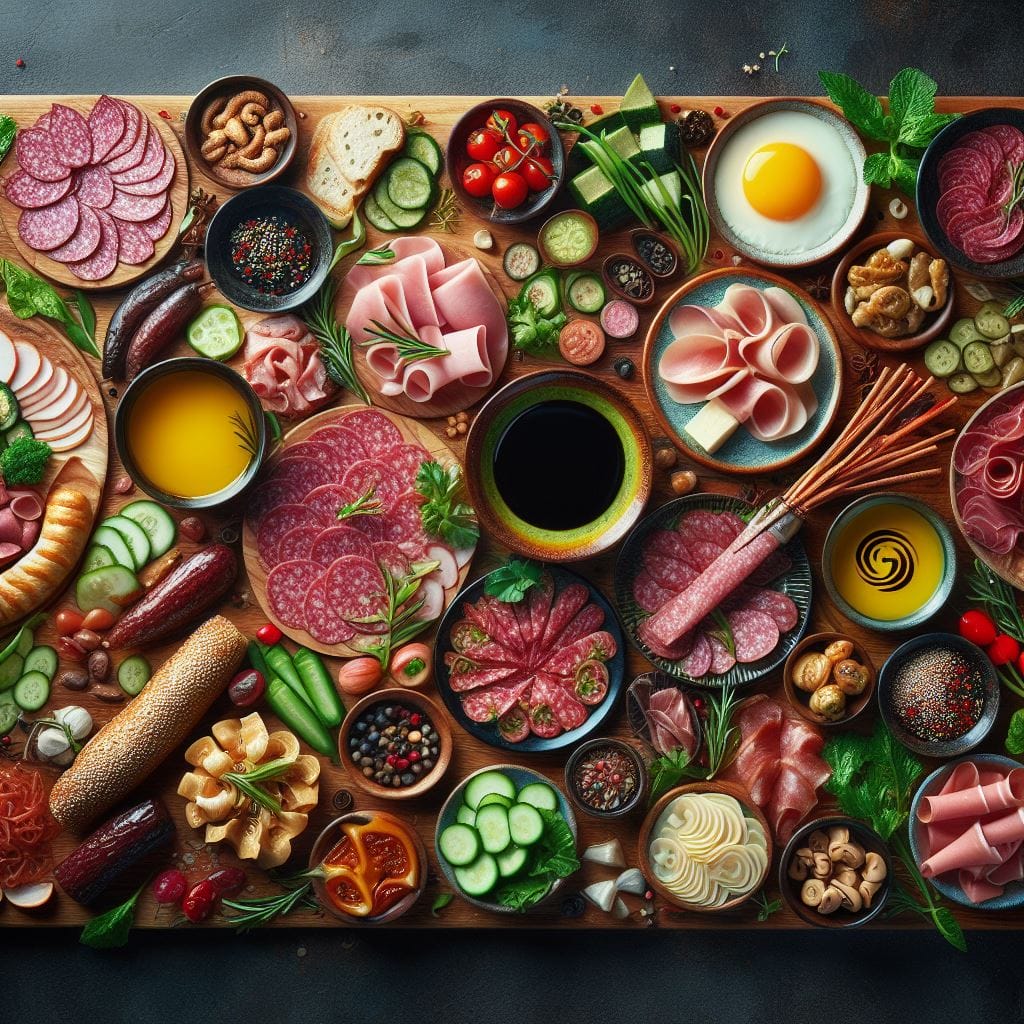
Crafting the Perfect Chinese Charcuterie Board
Now that you've explored the heart of Chinese charcuterie ingredients, it's time to wield your culinary prowess and craft a show-stopping charcuterie board. Let's dive into the art of DIY with a step-by-step guide that transforms your ingredients into a visually enchanting masterpiece.
DIY Tips and Techniques
Creating a Chinese charcuterie board is an art, and every masterpiece starts with a blank canvas. Begin by selecting a spacious and visually appealing board—a stage for your culinary performance. Lay the foundation with an assortment of cured meats, sausages, and cheeses, strategically placing them to achieve balance and variety.
Pro Tip: Think of your board as a journey for the eyes—guide them through an enticing arrangement of colors, shapes, and textures.
Now, let's talk about the artful arrangement. Elevate your presentation by layering cured meats, intermingling sausages, and strategically placing cheeses. This not only enhances the visual appeal but also creates a dynamic tasting experience. Consider adding small bowls for pickled vegetables or dried fruits, adding pops of color and tanginess.
Did You Know? The visual appeal of your charcuterie board enhances the overall dining experience, making it a feast for both the eyes and the palate.
Stylish Serving Platters and Boards
The stage is set, and now it's time to choose the right backdrop for your culinary performance. Opt for a stylish serving platter or board that complements the theme of your Chinese charcuterie adventure. Traditional wooden boards exude warmth, while sleek slate or marble surfaces add a modern touch.
Pro Tip: Consider the contrast between the color of your board and the vibrancy of your ingredients for a visually striking effect.
Showcasing the Chinese theme through aesthetics involves incorporating elements that resonate with Chinese culture. Use chopsticks as stylish utensils or add small Chinese-inspired ornaments as decorative accents. The goal is to transport your guests to the heart of China with not just the flavors but the ambiance as well.
Fun Fact: In Chinese culture, presentation is highly valued, and a visually stunning dish is considered a mark of respect to the diners.
With these DIY tips and stylish serving ideas, you're now equipped to craft a Chinese charcuterie board that's not just a dish but a visual spectacle. Let your creativity flow, and watch as your culinary creation becomes the centerpiece of your next gathering.
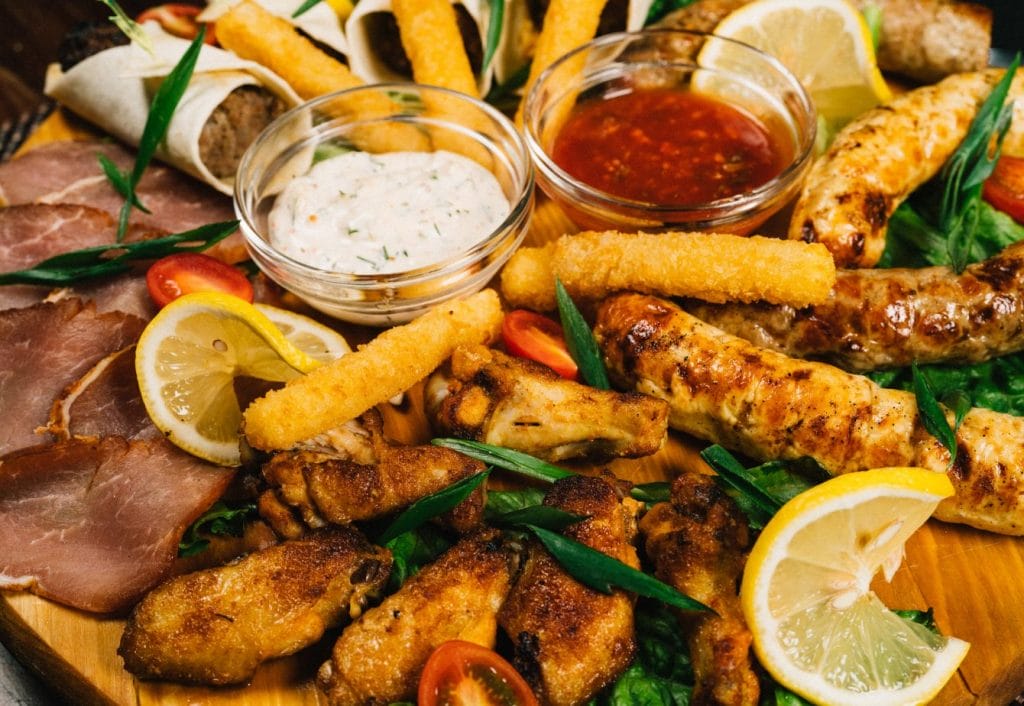
Step-by-Step Guide to Creating a Chinese Charcuterie Board
1. Gather Your Ingredients:
- Select an array of Chinese cured meats, such as lap cheong or wind-dried bacon.
- Choose a variety of charcuterie sausages, both sweet and savory, to add depth.
- Explore unique Chinese cheeses like rubing or yak cheese for a distinctive touch.
- Gather complementary accompaniments, including pickled vegetables and dried fruits.
2. Choose the Right Board or Platter:
- Opt for a spacious and visually appealing serving board or platter.
- Consider the theme—wooden boards for warmth, slate or marble for a modern touch.
- Ensure the size accommodates your selected ingredients while leaving room for creativity.
3. Arrange Cured Meats and Sausages:
- Start by placing cured meats strategically on the board, creating a foundation.
- Intermingle different sausage varieties, balancing sweet and savory profiles.
- Experiment with layering and overlapping for visual interest.
4. Showcase Unique Chinese Cheeses:
- Position Chinese cheeses throughout the board, considering textures and flavors.
- Allow cheeses to be focal points, enticing guests to explore their unique characteristics.
5. Add Complementary Accompaniments:
- Incorporate small bowls or sections for pickled vegetables and dried fruits.
- Use these accompaniments to add pops of color, tanginess, and varied textures.
6. Create a Visually Appealing Arrangement:
- Aim for a balanced and visually appealing arrangement of colors and shapes.
- Guide the eye through the board, creating a journey of discovery for your guests.
- Consider the overall aesthetic and how it aligns with the theme of your Chinese charcuterie adventure.
7. Infuse Cultural Elements:
- Incorporate Chinese-themed elements, such as chopsticks or decorative ornaments.
- Use traditional utensils or serving dishes to enhance the cultural ambiance.
8. Consider the Flow of Flavors:
- Ensure a harmonious tasting experience by strategically placing different flavors.
- Balance richness with tanginess, and allow the arrangement to enhance the overall flavor journey.
9. Add Finishing Touches:
- Fill any empty spaces with small garnishes or additional herbs for a polished look.
- Double-check the overall presentation, ensuring it aligns with your vision.
10. Delight Your Guests:
- Present your Chinese charcuterie board with pride and watch as it becomes the centerpiece of your gathering.
- Encourage guests to explore and savor the diverse flavors, textures, and cultural nuances.
With these steps, you're ready to embark on a culinary journey, creating a Chinese charcuterie board that's not just a dish but an artistic expression of flavors and culture.

Delicious Recipes for Your Chinese Charcuterie Board
Now, let's elevate your Chinese charcuterie adventure to new heights by exploring mouthwatering homemade recipes that bring a personalized touch to your culinary masterpiece.
Homemade Chinese Charcuterie Creations
Unleash your creativity in the kitchen with these signature recipes that transform your board into a one-of-a-kind delight.
Chinese Five-Spice Pork Belly Bites:
- Marinate thin pork belly slices with a blend of Chinese five-spice, soy sauce, and honey.
- Roast until crispy, creating an irresistible combination of savory and sweet.
Sesame Ginger Chicken Skewers:
- Skewer bite-sized chicken pieces marinated in a sesame-ginger glaze.
- Grill to perfection for a flavorful addition to your charcuterie ensemble.
Easy-to-Follow Steps for Crafting Each Component
Crafting these culinary wonders is simpler than it sounds. Let's break it down into easy-to-follow steps:
Step 1: Marinate
- Combine your chosen meat with authentic Chinese marinades for a burst of flavor.
Step 2: Cook or Grill
- Follow cooking or grilling instructions for each recipe, ensuring a perfect texture.
Step 3: Arrange on the Board
- Place your homemade creations strategically on the board, considering visual appeal.
Seasonal Variations and Special Occasions
Your Chinese charcuterie board isn't just for today—it's a canvas for the seasons and celebrations ahead.
Adapting the Board for Different Seasons and Celebrations
Springtime Freshness:
- Incorporate seasonal fruits like lychee and fresh greens for a vibrant spring touch.
- Opt for lighter cured meats and cheeses to complement the refreshing atmosphere.
Summer BBQ Extravaganza:
- Include grilled skewers and spicy cured meats for a summer barbecue feel.
- Pair with a refreshing drink, and your board is ready for those sunny gatherings.
Autumn Harvest Feast:
- Introduce flavors of cinnamon and nutmeg in your recipes for a cozy autumn vibe.
- Incorporate nuts and dried fruits for a touch of fall abundance.
Winter Warmth and Comfort:
- Choose heartier cured meats and robust cheeses for winter warmth.
- Add warm spices like cloves to evoke the cozy feeling of winter evenings.
Elevating the Experience with Thematic Choices
Consider thematic choices that resonate with special occasions:
Chinese New Year Elegance:
- Include traditional Chinese symbols like red lanterns or lucky coins.
- Craft dumplings or spring rolls to signify prosperity.
Birthday Bash Board:
- Personalize the board with the birthday person's favorite flavors and colors.
- Add a celebratory touch with themed decorations.
With these delicious recipes and thematic choices, your Chinese charcuterie board becomes a culinary masterpiece that adapts to the seasons and celebrates special moments. Now, let your creativity flow and watch as your board becomes the highlight of every occasion.
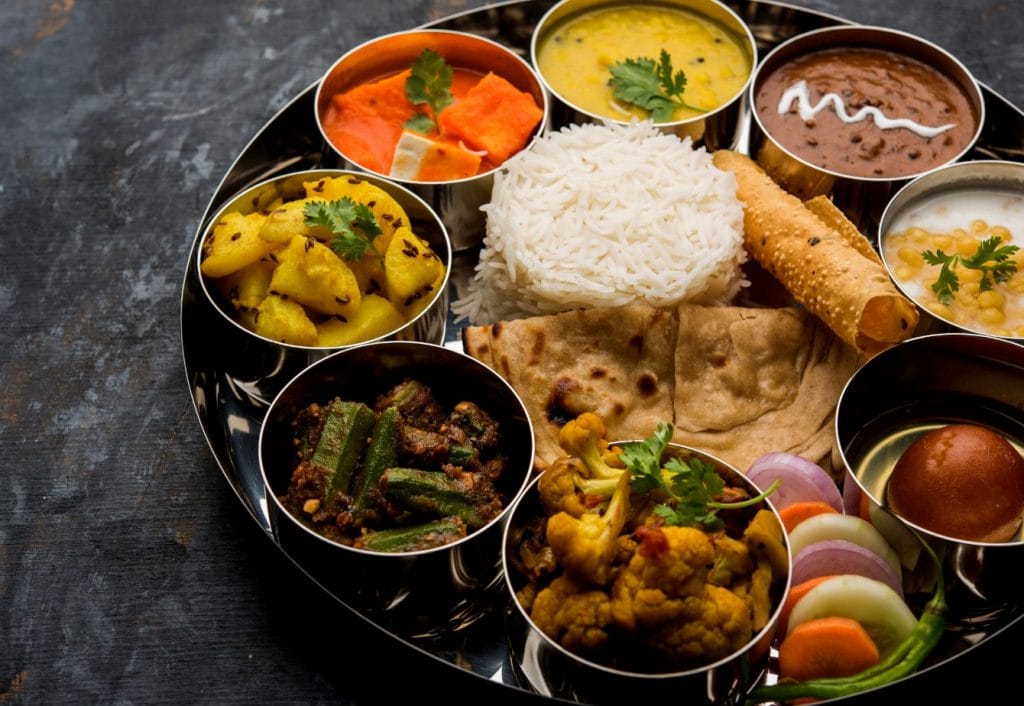
Sipping in Style: Beverage Pairing Guide
As we venture beyond flavors and textures, let's explore the art of beverage pairing—a crucial element that elevates your Chinese charcuterie experience to a symphony of tastes.
Chinese Wines: Perfect Companions for Charcuterie
When it comes to wine pairings, Chinese varieties offer a delightful dance of flavors. Consider pairing your charcuterie board with a robust Cabernet Sauvignon to complement the savory cured meats or a crisp Baijiu for an authentic Chinese touch.
Recommendations for Wine Pairings:
- Cabernet Sauvignon: Enhances the richness of cured meats.
- Baijiu: A traditional Chinese spirit that adds depth to the experience.
Exploring Regional Influences on Flavor Profiles:
- Different regions in China produce wines with distinct flavor profiles.
- Explore the variety—try a Ningxia wine for a bold and fruity note or a Huadiao for a nutty finish.
Tea Pairing Suggestions
For a non-alcoholic alternative, turn to the elegance of traditional Chinese teas. Tea pairing not only complements the flavors but also brings a cultural dimension to your charcuterie adventure.
Elevating the Experience with Traditional Chinese Teas:
- Tieguanyin Oolong: Enhances the sweetness of dried fruits.
- Pu-erh: Pairs well with earthy cured meats.
Enhancing Flavors through Thoughtful Combinations:
- Consider the tea's aroma and intensity when pairing.
- Experiment with floral teas to balance spicier cured meats.
Beyond Basics: Other Beverage Options
For those seeking a beverage beyond the usual suspects, explore creative non-alcoholic pairings that cater to diverse preferences and occasions.
Creative Ideas for Non-Alcoholic Pairings:
- Lychee Sparkler: A refreshing blend of lychee juice and sparkling water.
- Jasmine Iced Tea: Enhances the floral notes of your charcuterie board.
Considering Diverse Preferences and Occasions:
- Offer a variety of non-alcoholic options to accommodate all guests.
- Customize mocktails to match the theme or occasion.
With these beverage pairing tips, your Chinese charcuterie board transforms into a multisensory experience. Whether you opt for a bold Cabernet Sauvignon, a fragrant Tieguanyin Oolong, or a creative lychee sparkler, the right beverage elevates every bite. So, sip, savor, and let the harmonious blend of flavors take your culinary journey to new heights.

Infusing Festive Charm into Your Chinese Charcuterie Board
As we explore the culinary realm of Chinese charcuterie, let's sprinkle a bit of magic by infusing festive charm into your board—because every gathering deserves a touch of celebration.
Cultural and Festive Elements
Elevate your Chinese charcuterie board by incorporating cultural and festive elements that add a dash of significance to your culinary masterpiece. Think beyond flavors; think symbolism and tradition.
Incorporating Symbolic Items for Special Occasions:
- Lucky Red Elements: Integrate red napkins, chopsticks, or decorative elements symbolizing luck and prosperity.
- Oranges and Tangerines: These fruits represent good fortune and are perfect additions to your board.
Chinese New Year Charcuterie Board Ideas
Chinese New Year, a time of joy and tradition, offers a fantastic opportunity to craft a charcuterie board that reflects the spirit of the festivities.
Red and Gold Palette:
- Select red and gold servingware: Representing luck and wealth, these colors set a festive tone.
- Gold Coins or Ingots: Add chocolate gold coins or fondant ingots for a playful nod to prosperity.
Symbolic Food Choices:
- Dumplings and Spring Rolls: These signify wealth and the promise of a prosperous year ahead.
- Longevity Noodles: Representing long life, these can be incorporated elegantly into the board.
Zodiac-Themed Delights:
- Animal-shaped Cheese: Craft cheeses in the shape of the Chinese zodiac animal of the year for a whimsical touch.
- Zodiac Symbol Decorations: Add small ornaments or edible decorations representing the current zodiac sign.
Crafting a Story through Symbolism:
- Numerical Symbolism: Consider grouping items in sets of eight (a lucky number) for added symbolism.
- Fortune Cookie Messages: Place personalized messages inside fortune cookies for a delightful and interactive element.
Infusing festive charm isn't just about the visual appeal; it's about crafting a story and setting the mood for a memorable gathering. As you incorporate these cultural and festive elements, your Chinese charcuterie board becomes not just a dish but a centerpiece that tells a tale of tradition, luck, and joy. So, let the festivities begin, and may your charcuterie board be a feast for the senses and the soul.
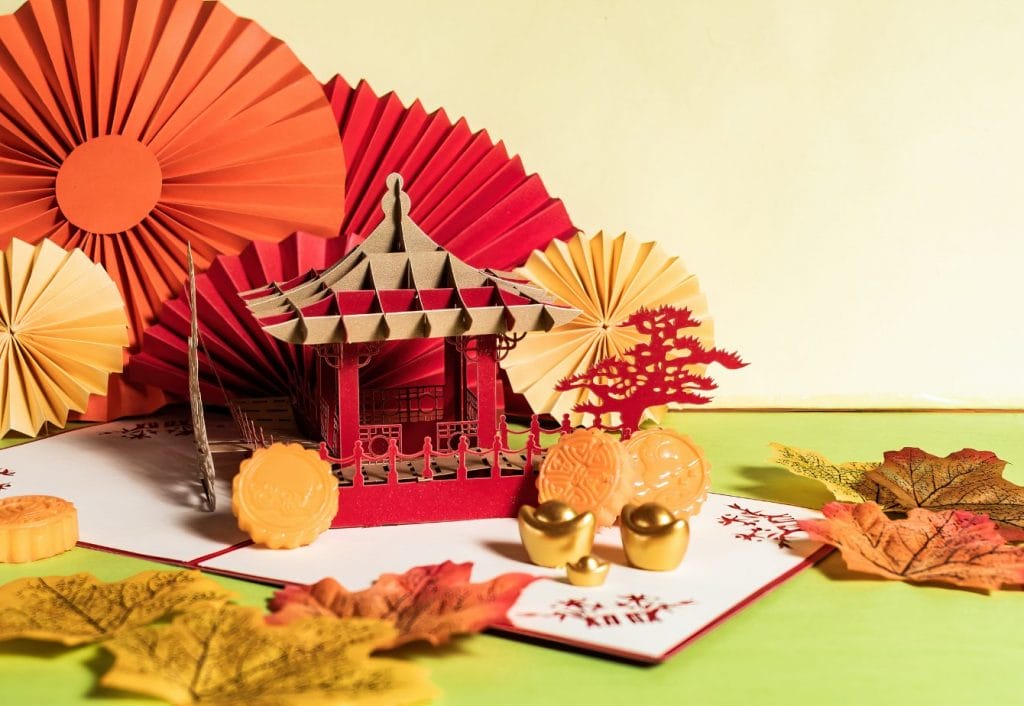
Hosting a Charcuterie Extravaganza
Now that you've mastered the art of crafting a Chinese charcuterie board, it's time to take your culinary prowess to the next level—hosting a charcuterie extravaganza that will leave your guests talking long after the last bite.
Planning and Organizing Charcuterie Events
Hosting a successful charcuterie gathering requires a blend of creativity, organization, and a dash of flair. Let's delve into some tips to ensure your event is not just a meal but an experience.
Tips for Hosting Successful Charcuterie Gatherings:
- Diverse Selection: Ensure a variety of meats, cheeses, and accompaniments to cater to different tastes.
- Interactive Elements: Consider DIY stations where guests can assemble their mini charcuterie bites.
- Themed Decor: Enhance the ambiance with decorations that complement the theme of your board.
Creating a Memorable Experience for Guests:
- Curated Playlist: Set the mood with a curated playlist that complements the cultural theme.
- Storytelling: Share anecdotes about the origins of specific ingredients or the inspiration behind your board.
Serving Etiquette and Tips
As the host, your role goes beyond providing delicious bites—it's about creating an atmosphere where guests feel invited to explore and savor.
Guidelines for a Seamless and Enjoyable Dining Experience:
- Layout Considerations: Strategically place your charcuterie board for easy access without causing congestion.
- Labeling: If you're incorporating unique or less-known items, consider providing labels with brief descriptions.
- Thoughtful Pairing Suggestions: Include small cards suggesting wine, tea, or non-alcoholic pairings for each section of the board.
Encouraging Guests to Explore and Savor:
- Interactive Conversations: Spark conversations about the flavors, origins, and personal preferences.
- Encourage Creativity: Challenge guests to create their mini combinations and share their discoveries.
Setting the Scene for Culinary Adventure:
As your guests gather around the Chinese charcuterie board, you're not just offering them a meal; you're providing an opportunity to embark on a culinary adventure. Consider incorporating elements from previous sections of the article, such as themed decorations or symbolic items for special occasions. This not only enhances the visual appeal but also adds layers of meaning to the dining experience.
By paying attention to the details, infusing creativity into the event, and encouraging a sense of exploration, you're not just hosting a charcuterie extravaganza; you're orchestrating a symphony of flavors, conversations, and memorable moments. So, let the charcuterie festivities commence, and may your gatherings be filled with joy, laughter, and delightful bites.

Wrapping It Up
Now, armed with knowledge and inspiration, it's your turn to unleash your creativity. Whether you're hosting a festive gathering, celebrating a special occasion, or simply indulging in a culinary escapade, the Chinese charcuterie adventure is yours to explore. Experiment with flavors, embrace cultural nuances, and let your charcuterie board become a canvas for your unique expression.
Picture the joy on your guests' faces as they discover the symphony of tastes you've orchestrated, the delightful conversations sparked by your thoughtful arrangements, and the shared laughter that lingers long after the last bite. Your charcuterie board isn't just a dish; it's an invitation to a sensory journey, a celebration of flavors, and a testament to your culinary prowess.
So, with your newfound knowledge and a dash of enthusiasm, set forth on your Chinese charcuterie adventure. Bon appétit and happy charcuterie crafting!
Frequently Asked Questions
How to make a Chinese charcuterie board?
To make a Chinese charcuterie board:
- Select Chinese cured meats, sausages, and cheeses.
- Explore varieties like lap cheong, Chinese sausage, and regional cheeses.
- Incorporate pickled vegetables and dried fruits.
- Enhance flavors with tangy pickles and sweet dried fruits.
- Arrange items creatively on a stylish serving platter.
- Opt for visually appealing presentations for an enticing display.
- Consider thematic elements for festive occasions.
- Add symbolic items for Chinese New Year or other celebrations.
- Pair with Chinese wine or tea for a complete experience.
- Enhance the board with complementary beverage choices.
Remember to balance flavors and textures for a delightful Chinese charcuterie board.
What cheese goes with Chinese food?
Pairing cheese with Chinese food:
- Mild cheeses complement well.
- Opt for mild options like mozzarella or brie.
- Consider Chinese cheeses.
- Explore traditional Chinese cheeses for an authentic touch.
- Balance with textures and flavors.
- Pair softer cheeses with spicy dishes and harder cheeses with milder flavors.
- Experiment with creaminess.
- Creamy cheeses like cream cheese can complement rich and savory Chinese dishes.
- Adapt to specific dishes.
- Match the cheese to the specific flavors of the Chinese dish.
Remember, personal preference plays a role, so feel free to experiment with different cheese pairings to find what suits your taste.
Does traditional Chinese food use cheese?
No, traditional Chinese cuisine typically does not incorporate cheese. Traditional Chinese dishes focus on flavors derived from soy products, rice, noodles, vegetables, and a variety of meats. Dairy, including cheese, is not a traditional component in Chinese cooking. However, modern fusion cuisine may integrate cheese in innovative ways, blending traditional Chinese flavors with Western elements.
Share Your Creations:
We’d love to see the charcuterie boards you create using our guide! Feel free to share your own creations in the comments or on social media, and tag us for a chance to be featured. And if you have any other ideas or tips for creating the perfect charcuterie board, we’d love to hear them.






